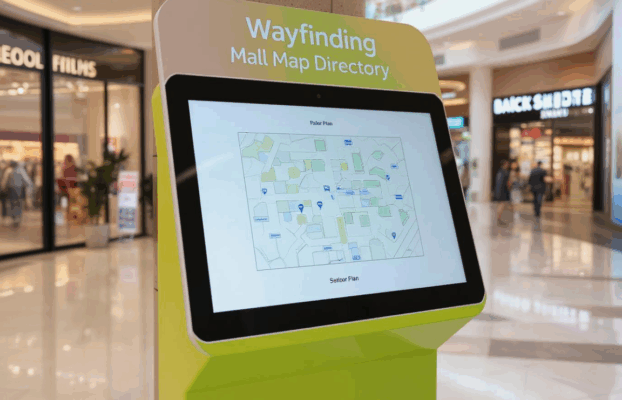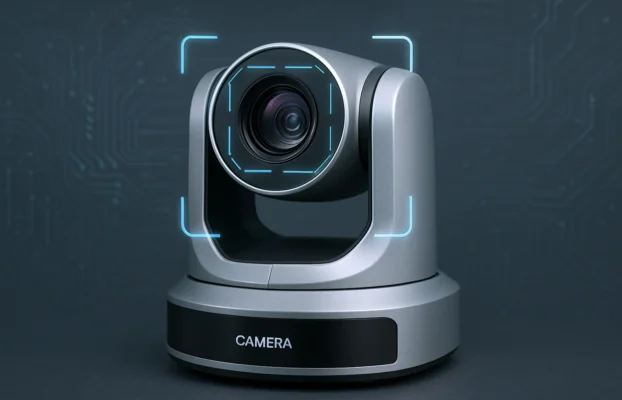LED Display Highly Engaging Technology
 LED displays
LED displays communicate, inform, and engage with highly sophisticated technology, making them extremely helpful tools for achieving very particular goals for your organisation. If you’re new to the world of digital display, its potential and benefits may not be immediately apparent, which is why we at Israk Solution are here to assist. Our specialists are always available to answer your questions in as much or as little information as you require, but if you’re simply searching for the basics to get you started right away, you’ve come to the perfect place.
What exactly is an LED display?
An
Digital display (or LED Wall) is a big format display that is sometimes compared to a giant television or computer monitor in the context of Digital display and display. However, it differs from the type of LED Displays you might see on your typical TV at home, because LED digital displays are powerful enough to be visible throughout entire sports stadiums.
In a digital display, each pixel is made up of a small number of Light Emitting Diodes. These LEDs are set in an array on panels, and then numerous panels are connected together to make a whole image. LED advertising displays are available in a variety of sizes, and their ability to convey ultra-bright, high-quality images on an incredibly huge scale makes them a viable option in both large indoor and outdoor venues.
It’s important to note that they’re distinct from LCD (liquid crystal display) panels, with a number of complex technical changes. In a nutshell, LED Displays’ brightness and scale make them best suited for large-scale and outdoor situations, whereas LCD panels can be comfortably viewed from a much closer distance, making them the favoured choice for indoor environments such as shopping malls, reception areas, and lobbies (to name a few.)
If you want to learn more about their benefits and how they work, check out our concise explainer on the fundamental distinctions between LED and LCD panels.
What is the definition of digital display technology?
The
digital display technology that powers these panels is all based on the capabilities of Light Emitting Diodes, which are solid-state devices that generate light by using semi-conductors and electroluminescence. We won’t bore you with the technical details, but when an electric current is conducted through a semi-conductor, it replies by generating light. The scientific word for this process is electroluminescence.
One of the primary reasons why digital display technology outperforms earlier lighting technologies such as incandescent lighting is that it does not rely on heat energy to produce light. Instead, it consumes a minimal quantity of electricity and turns it straight into light, avoiding the waste of energy on heat. As a result, it is significantly more energy efficient than incandescent lighting, which is why it is frequently referred to as cold light technology.
The very first LED Displays could only emit infrared light, but we’ve had the luxury of fifty years of steady technological improvement since then. Today, each of these advanced LEDs can emit three primary colours: green, red, and blue. These colours can be harmonised and mixed to produce more sophisticated and brilliant colour combinations, allowing the Digital display to portray the entire spectrum.
What is the purpose of LED Displays and LED Digital Displays?
Modern LED displays and video walls have several applications in a variety of industries, and can be used to advertise, educate, or inform the general public. LED and digital retail displays
In recent years, there has been a special rush of growth in this industry, and LED Digital display is becoming an increasingly ubiquitous sight in retail malls and commuter networks. These are often used for promotional and commercial content, but they can also be used to update or alert the public on events that may have an impact on them, such as temporary store closures.
LED Displays for Public Safety and Service
LED digital displays have always been vital for communicating critical safety messages to the public, and their use has been further more apparent since the Covid-19 outbreak. It has served to remind the public of how to limit viral transmission rates by covering their faces, washing their hands frequently, and keeping as much distance between themselves as feasible. Furthermore, it has proved effective in directing people to critical amenities such as hand washing stations and immunisation centres.
LED Displays at Trade Shows and Events
LED advertising displays’ eye-catching features have traditionally made them a cornerstone of indoor events, attracting people to exposition stands and conference centres. They can be used to introduce viewers to the company’s ethos or culture, demonstrate key components of its products or services, or express a variety of other key messages.
LED Displays for Business Events and Educational Settings
LED displays’ vivid and dynamic nature makes them far more appealing than static displays like billboards or posters, thus they’re also popular for corporate events and educational settings like schools. Text, images, and video can all be used to explain concepts, reinforce messages, and create debate. That’s one of the wonderful things about
LEDdisplay: the viewer may not necessarily agree with the message, but they will remember it.
LED Displays for Mobile Use
This is another one you might have seen more of during the UK’s first lockdown of 2020, as the government aimed to reach as many people as possible with its Stay At Home message. However, while the circumstances were extreme in that case, it is a wonderful illustration of how to reach as many people as possible across a vast area.
Mobile Digital displays are most commonly seen in dense city centres, where they can be seen by the greatest number of people, but they are also used in remote rural locations, such as fetes and festivals, where the infrastructure required to support more traditional forms of LEDdisplay is generally lacking.
Of course, these are just the fundamentals; if you have any further questions or require additional information on anything, our professionals at Arvia are ready to assist. We understand this technology and how it can be leveraged to help you reach your business objectives. To learn more about how we may assist you, please contact us at www.israk.my.
 LED displays communicate, inform, and engage with highly sophisticated technology, making them extremely helpful tools for achieving very particular goals for your organisation. If you’re new to the world of digital display, its potential and benefits may not be immediately apparent, which is why we at Israk Solution are here to assist. Our specialists are always available to answer your questions in as much or as little information as you require, but if you’re simply searching for the basics to get you started right away, you’ve come to the perfect place.
LED displays communicate, inform, and engage with highly sophisticated technology, making them extremely helpful tools for achieving very particular goals for your organisation. If you’re new to the world of digital display, its potential and benefits may not be immediately apparent, which is why we at Israk Solution are here to assist. Our specialists are always available to answer your questions in as much or as little information as you require, but if you’re simply searching for the basics to get you started right away, you’ve come to the perfect place.






